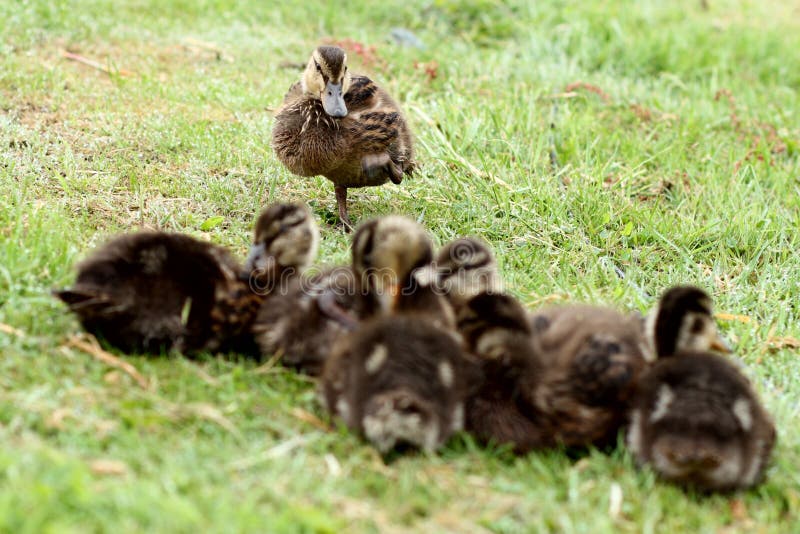

If any seem particularly stressed, you may want to separate them for the time being. You should also pay attention to the body language of your ducks. Just watch out for aggressive behavior, like biting. They might budget them a bit to see what’s going on, or even bob their heads in communication. Ducks are naturally inquisitive, so as you release your new ducks, you’ll find that the “veterans” want to come over and check them out. One way that people do this is by keeping a free-range environment in the yard as a common ground.” That way, territorial problems will be less likely.īe ready nearby in case you need to break up a duck fight, but otherwise, let your ducks do their thing. Just like a blind date, it’s important that you introduce your new ducks to each-other on neutral ground. That way, they will be large enough (and wily enough!) to defend themselves. Otherwise, wait until your ducklings are at least seven weeks old to begin making introductions. Therefore, introducing new ducklings or adult ducks to an all-female flock is going to be much easier than adding them to a flock of mostly females and just one male. Sometimes, a female will become more aggressive if there is a drake around, as she’ll want all the new females to know that the drake is her drake, and her drake only.

It’s not only the drakes who can get aggressive, either. You’ll want at least three to four females per drake to reduce the likelihood of fighting. Therefore, before you decide to add another drake, make sure you have the proper ratios around. You may not notice the effects as much if you are adding a younger drake. A single drake will be more aggressive if you attempt to add another drake, particularly an adult drake. Check Your RatiosĬonsider how many male to female ducks you have. Just be aware that this might not be the best timing. However, the reality is that most people get new ducks in the spring or early summer, so that’s naturally when you’re going to be introducing new birds. This is especially true of male ducks, or drakes. Mind the Seasonĭucks tend to be more territorial during the mating seasons of spring and summer. Keep the pecking order in mind, but pay attention to the flock dynamics before you start. Therefore, when you’re adding new members of the flock, you don’t have to worry quite as much about “offending” anyone.

With ducks, the pecking order isn’t quite as strict. Chickens have a very strict pecking order that guides just about every aspect of their day to day existence, from who gets the best treats to where everybody roosts at night.Īlthough the pecking order is pretty much set in stone and determined by invisible (to you) factors, it is something that your chickens will likely test the dynamics of every single day. If you raise chickens, you’re probably already aware of the pecking order that exists among them. Be Aware – But Not Afraid – of the Pecking Order Follow these simple tips for introducing new ducks to the flock, and you’ll be well on your way to a healthy, happy community. You might tell yourself that you’re only going to have a few ducks – but trust me, over time, you’ll want to add more. Although they have their own version of a “pecking order,” it tends to not be nearly as aggressively or prominently pronounced for ducks as it is with chickens. Luckily, ducks aren’t quite as particular as chickens. Whenever I try to rush the “introductory period,” that’s when things seem to go awry! two types of ducks and chickens in the chicken run together There’s no one single right way – but for me, I’ve found that being thoughtful about the process is the best way to do things. If you raise ducks, you might be wondering what the best way to introduce new ducks or ducklings to the mix might be.


 0 kommentar(er)
0 kommentar(er)
